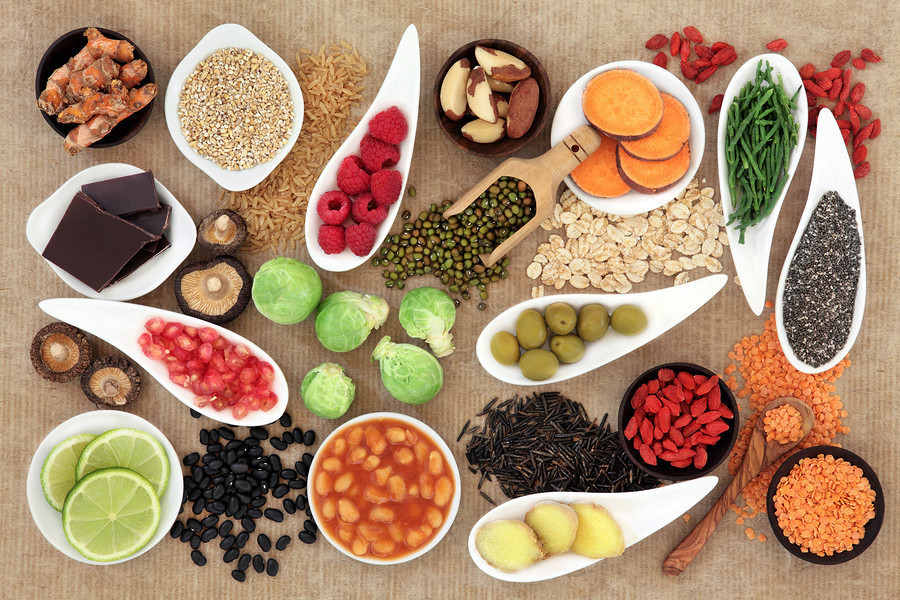
I want to take a few minutes to talk to you about something that sounds complicated but really isn’t: dieting. Every day we hear about new trends, magic diets, or special pills. It can get really confusing! When we understand and stick to the basics, we can keep living a healthy life.
But if we make it too hard or confusing, we won't be able to keep up with a healthy diet, and we'll go back to old habits. Most people who go on diets, like the ones on The Biggest Loser, end up gaining all the weight back — about 95% of them! That's why it's important not to get too focused on the scale or try to lose weight too fast. We need to think about staying healthy for the long run. But the truth is simple: it all comes down to calories in versus calories out.
Here’s how it works:
- If you eat more calories than your body uses, you gain weight.
- If you use more calories than you eat, you lose weight.
Pretty simple, right?
Life and our bodies can be a little more complicated sometimes, but these basic rules always stay the same.
Now, even though it’s simple, it’s still important to pay attention to what your calories are made of. That’s where macronutrients come in: protein, carbs, and fats. Each one has an important job:
- Protein helps build and fix muscles. It also helps you feel full longer.
- Carbs give your body energy, especially for your brain and muscles.
- Fats help your hormones, your brain, and help your body use certain vitamins.
Instead of cutting out one of these groups, it’s better to balance them. There are no “bad” foods and nothing is “off-limits.” It’s all about balance and eating good-quality foods.
How Do You Figure Out How Much to Eat?
Here’s a simple way to do it:
Find Your BMR (Basal Metabolic Rate)
Your BMR is the number of calories your body burns when you’re resting — like if you stayed on the couch all day.
Here’s the formula we use (don’t worry, you can find easy calculators online!):
- For men: BMR = (10 × weight in kg) + (6.25 × height in cm) – (5 × age) + 5
- For women: BMR = (10 × weight in kg) + (6.25 × height in cm) – (5 × age) – 161
Find Your TDEE (Total Daily Energy Expenditure)
Now that you have your BMR, you multiply it by how active you are:
- Not very active (little or no exercise): BMR × 1.2
- Light exercise (1–3 days a week): BMR × 1.375
- Moderate exercise (3–5 days a week): BMR × 1.55
- Hard exercise (6–7 days a week): BMR × 1.725
- Very intense exercise or a physical job: BMR × 1.9
This number is your TDEE — how many calories you need to stay the same weight.
Set Your Calorie Goal
Want to lose weight? Eat about 300–500 fewer calories than your TDEE.
Want to gain muscle? Eat about 200–300 more calories than your TDEE.
Want to maintain your weight? Stay close to your TDEE.
Split Your Calories Into Macros
Now decide how much protein, fat, and carbs you need:
- Protein: Aim for 0.8–1 gram for each pound you weigh.
- Fat: Make fat about 25–30% of your total calories.
- Carbs: Fill in the rest of your calories with carbs.
Example:
Let’s say your TDEE is 2,000 calories and you want to lose weight. You would aim for about 1,700 calories a day.
- Protein: If you weigh 150 lbs, try to eat 150g of protein (about 600 calories)
- Fat: 25% of 1,700 is about 425 calories, or about 47g of fat
- Carbs: Whatever is left, about 675 calories, or about 169g of carbs.
One Step at a Time
I know it sounds like a lot of math, but don’t worry — it gets easier fast!
And the truth is, you don’t need to be perfect. You just need to keep trying every day.
Focus on getting 1% better each day.
Pick one thing you can do today — maybe track your food, go for a walk, or plan a meal — and do it! Then tomorrow, pick another small thing to do.
You’ve got this!
Take action. Make progress.
The best version of you is already cheering you on. Let’s keep moving forward together!

Dr. Ryan A. DiPrimo
Contact Me


